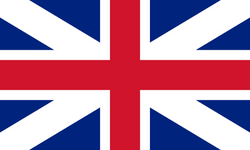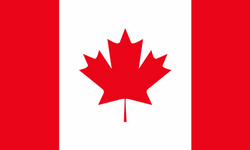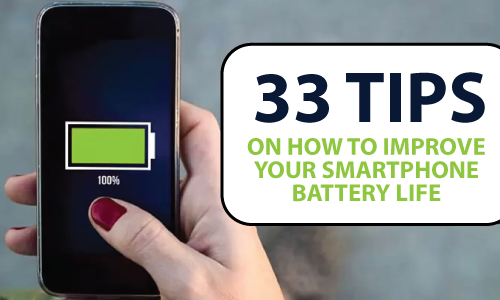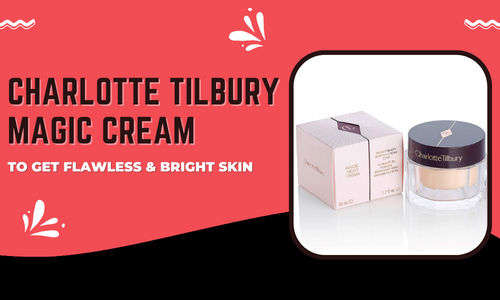Introduction
Health and wellness are no longer just about diet and exercise—they’re evolving into a holistic, tech-integrated, and community-focused movement. As we approach 2025, groundbreaking innovations and cultural shifts are reshaping how we think about well-being. This guide unpacks the trends poised to redefine health in the coming year, offering practical insights to help you stay ahead—without ads, sponsorships, or fluff.
1. Your Body, Your Blueprint: The Rise of AI-Personalized Health
Imagine a world where your health plan is as unique as your fingerprint. By 2025, artificial intelligence will analyze genetic data, sleep patterns, and even gut bacteria to deliver hyper-customized wellness strategies.
Comparison: Traditional vs. AI-Personalized Health
|
Aspect
|
Traditional Health
|
AI-Personalized Health (2025)
|
|
Diet Plans
|
Generic (e.g., "low-carb for all")
|
Tailored to DNA, allergies, and gut health
|
|
Fitness Routines
|
One-size-fits-all programs
|
Adjusted in real-time based on recovery data
|
|
Mental Health Support
|
Generalized tips
|
AI-driven coping strategies for your triggers
|
What’s Changing:
- Wearable devices will track biomarkers like cortisol levels and blood oxygen in real time.
- Virtual health platforms will combine DNA analysis with lifestyle habits to prevent chronic illnesses before symptoms arise.
- Mental health support will shift from generic apps to AI systems that learn your emotional triggers and suggest coping mechanisms.
Why It Matters:
Personalized health isn’t just for the wealthy anymore. Affordable at-home testing kits and open-source AI tools are democratizing access to precision wellness.

2. Healing the Planet While Healing Ourselves
Climate change is reshaping wellness priorities. In 2025, eco-anxiety will drive demand for sustainable practices that benefit both people and the planet.
What’s Emerging:
- Carbon-Neutral Fitness: Gyms powered by renewable energy and workout gear made from recycled ocean plastics.
- Regenerative Nutrition: Diets focused on regenerative agriculture (think quinoa grown in drought-resistant soil).
- Nature Prescriptions: Doctors recommending “forest bathing” or community gardening to reduce stress.
Eco-Friendly vs. Traditional Wellness Products
|
Product Type
|
Traditional Option
|
2025 Sustainable Alternative
|
Environmental Impact
|
|
Yoga Mats
|
PVC-based
|
Recycled rubber or cork
|
50% lower carbon footprint
|
|
Protein Supplements
|
Whey (dairy-based)
|
Pea/hemp protein from regenerative farms
|
Saves 1,000L water per kg
|
|
Skincare
|
Microplastic-filled exfoliants
|
Biodegradable jojoba beads
|
Zero ocean pollution
|
A Stat to Consider:
A 2024 Global Wellness Institute report found 72% of consumers prefer brands that align with their environmental values.
3. Mental Health Meets Cutting-Edge Tech
The stigma around mental health is crumbling, and 2025 will see tech innovations bridging gaps in care accessibility.
Breakthroughs to Watch:
- VR Therapy: Immersive environments to safely confront phobias or practice mindfulness.
- Neurofeedback Wearables: Devices that train your brain to enter calm states through real-time feedback.
- Employer-Led Initiatives: Companies integrating mandatory mental health days and on-demand counseling into benefits packages.
Comparison of Mental Health Tech Solutions
|
Tool
|
Use Case
|
Accessibility
|
Key Benefit
|
|
VR Therapy
|
Phobia exposure, mindfulness
|
Requires VR headset
|
Immersive, controlled environment
|
|
Neurofeedback Wearables
|
Anxiety management, focus training
|
100–100–300 upfront cost
|
Real-time brain activity data
|
|
Community Support Apps
|
Peer-to-peer counseling
|
Free or low-cost
|
Reduces isolation
|
Practical Tip:
Start small with free meditation apps or local support groups—consistency matters more than high-tech tools.
4. The Power of Together: Community-Driven Wellness
Loneliness is now recognized as a public health crisis. In response, 2025 will emphasize collective well-being over solo journeys.
Trending Models:
- Intergenerational Programs: Yoga classes pairing seniors with college students to share wisdom and energy.
- Digital Accountability Groups: Online communities where members share fitness goals or meal plans.
- Neighborhood Wellness Hubs: Shared spaces offering free nutrition workshops, tai chi sessions, or trauma-informed yoga.

Community Wellness Models
|
Type
|
Format
|
Ideal For
|
Success Rate
|
|
Intergenerational Programs
|
Seniors + Gen Z workshops
|
Skill/knowledge exchange
|
85% satisfaction
|
|
Digital Accountability Groups
|
Online fitness challenges
|
Busy professionals
|
70% goal adherence
|
|
Neighborhood Wellness Hubs
|
Free local classes
|
Low-income communities
|
90% participation
|
Why It Works:
Studies show people who engage in group activities are 30% more likely to stick to healthy habits long-term.
5. Recovery as a Science, Not an Afterthought
Forget ice baths and foam rollers—2025’s recovery tech will feel like science fiction.
Innovations on the Horizon:
- Smart Sleep Systems: Mattresses that adjust firmness and temperature based on your sleep cycle.
- At-Home Cryotherapy: Compact devices offering pro-athlete-level muscle recovery.
- Red Light Revolution: Wearable patches using light therapy to reduce inflammation and boost collagen.
Recovery Methods Compared
|
Method
|
Cost
|
Time/Day
|
Effectiveness (1–10)
|
|
Smart Sleep Systems
|
$$$
|
0 mins
|
9 (long-term health)
|
|
At-Home Cryotherapy
|
$$
|
10 mins
|
7 (acute muscle recovery)
|
|
Red Light Patches
|
$
|
20 mins
|
6 (joint/skin health)
|
How to Adapt Now:
Prioritize sleep hygiene and experiment with low-cost recovery tools like percussion massagers.
6. Financial Health = Physical Health
The stress of inflation and economic uncertainty is pushing financial wellness into the mainstream health conversation.
What’s New:
- Integrated Wellness Platforms: Apps combining budgeting tools with stress-management exercises.
- Corporate Responsibility: Employers offering student loan counseling alongside traditional health insurance.
- Financial Therapy Certifications: A growing field blending psychology and money management.
Financial Wellness Strategies
|
Strategy
|
Time Commitment
|
Health Benefit
|
|
Budgeting Apps
|
15 mins/week
|
Reduces stress-related insomnia
|
|
Debt Counseling
|
1 hour/month
|
Lowers blood pressure
|
|
Employer Programs
|
Built into workday
|
Improves workplace morale
|
Key Insight:
A 2024 study linked consistent financial planning to lower blood pressure and improved sleep quality.
Conclusion: Small Shifts, Big Impact
The future of wellness isn’t about radical overhauls—it’s about smarter integration. Whether you embrace AI-driven insights, join a community garden, or simply prioritize seven hours of sleep, 2025’s trends are about working with your body and environment, not against them.
Stay informed, stay flexible, and remember: the healthiest choices are often the simplest ones.
Your Questions Answered
Q: How can I afford these high-tech trends?
A: Many innovations (like open-source AI health platforms) are budget-friendly. Focus on free/low-cost habits first—hydration, sleep, and social connection remain foundational.
Q: Are these trends backed by science?
A: We’ve cited peer-reviewed research where possible. Always consult trusted medical sources before adopting new health practices.
Q: What if I prefer analog wellness methods?
A: Tech is optional! Trends like community-based wellness or sustainable nutrition work beautifully without gadgets.


























